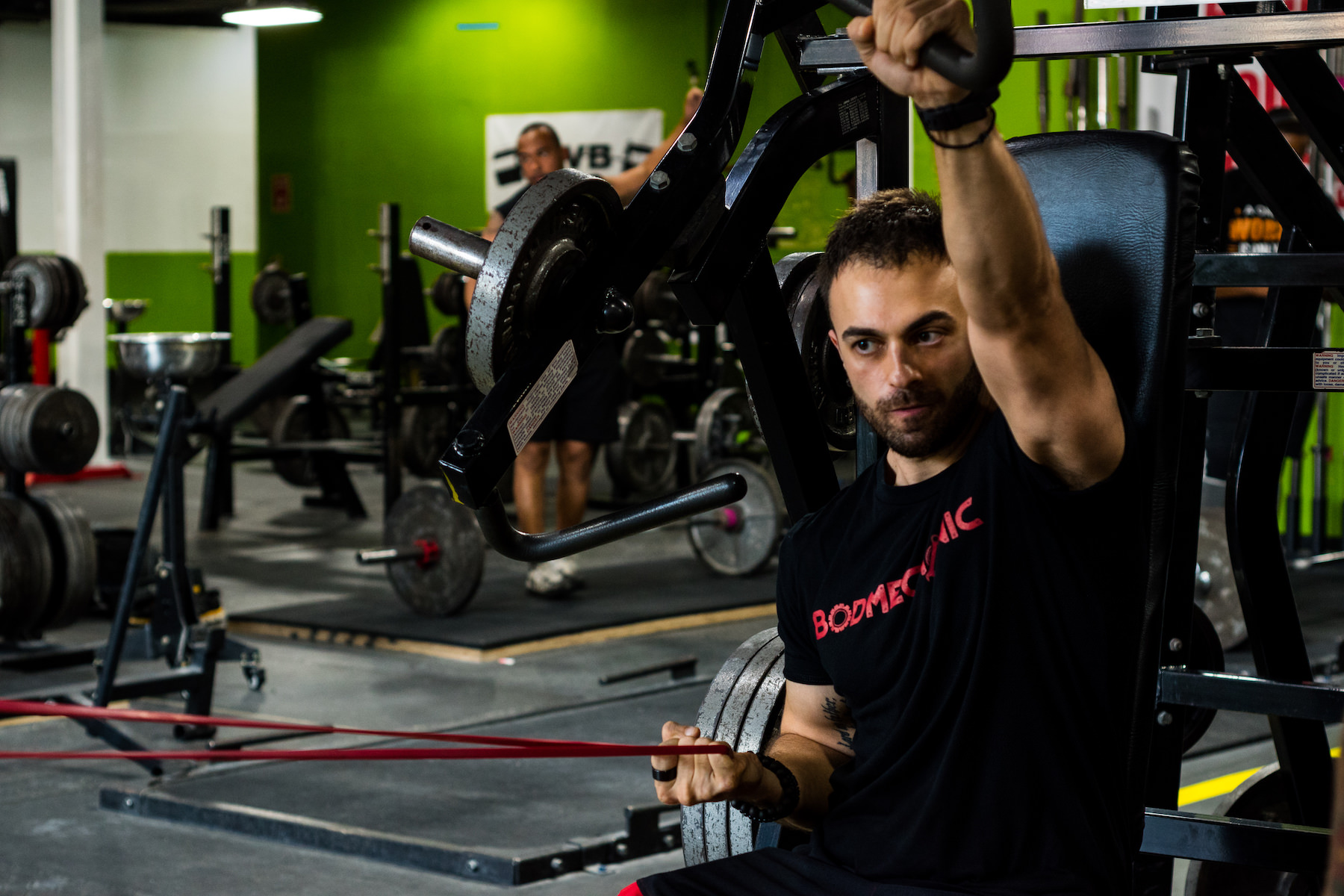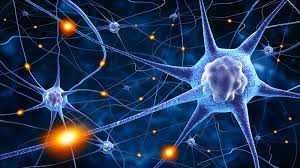Why Your Rehab Exercises Fail You Part 1

I recently worked with a former athlete of mine that suffered from a left lower back injury due to heavy lifting. A two hundred and sixty pound amateur powerlifter as well as a construction worker, this happened to him for the second time. One can only imagine the toll that this took on his body daily!
The funny part was that he was aware of the damage he was causing to his function and performance. The road to recovery seemed impossible. To top it all off, he suffered from sleep apnea (getting four hours of sleep per night), had poor nutrition, and took stimulants like there was no tomorrow.
He finally reached the point where his body started to break down and came to a realization that he needed to change his lifestyle if he was to continue lifting long term. He initially came to me about 5 months ago to address his lower back issue, which was aggravated by twisting his torso, reaching down to his toes, or when he rose from bed in the morning. He avoided lifting until he felt certain that he could lift again without pain. Thus, the FEAR of pain consumed him up to the point where he basically was moving less and less each day.
As per his doctor’s orders, he was told not to lift more than 20-30 pounds in total or his back would worsen. Upon hearing this, I completely disagreed with the doctor’s prognosis since movement (and A Lot of it), in my expert opinion, should be encouraged, not restricted!

Looking further into his medical history, the patient informed me that he had a left ACL surgery done twenty years ago. He claimed that the surgery went well and that he didn’t require much rehab at the time. He said, “My knee was literally working like normal after 2 days from the surgery! The surgeon just instructed me to be careful and not lift or squat anything for a few months”. However, he did the exact opposite and lifted a week later with some lighter weights in the beginning and then progressed to heavier ones over time. It’s amazing how quickly he recovered, and how there were no signs of pain present at the time, until now.
Connecting the dots of sleep apnea, past surgeries and his occupation alone, I knew we had to get started on some breathing and scar work combined with some basic pain free knee mobility. I taped his scars and pulled them to a certain direction where I felt resistance from scar tissue build up underneath them. I instructed him to do some weightless Standing Knee Curls just to move around the knee, while at the same time, controlling his breathing through the nose. A few sets later, he was able to twist, turn, and bend over like a pretzel with no signs of back discomfort! The guy literally lit up from joy! He could not believe it, and neither could I! – neurology never ceases to amaze me!

After ten minutes of fist-pumping in the air due to our achievement, I gave him some guidelines to follow for a week. When he came in for his follow-up, guess what he told me? “Doc, the pain is the same, maybe worse now. I did the exercises you gave me, but the pain came back after an hour or two. Man, I think I just need to get an MRI and see a surgeon.”
Part of my prescribed guidelines to him was the FREQUENCY of the exercise I gave him. I specifically told him, “If you want long term results, then you’re going to have to do this exercise almost every hour!! I am not kidding!” Why? One word: NEUROPLASTICITY!
Neuroplasticity, also known as neural plasticity, or brain plasticity, is the ability of neural networks in the brain to change through growth and reorganization. These changes range from individual small little nerves called ‘neurons’, making new connections to systematic adjustments like cortical remapping. It is the brain’s way of creating new pathways. Both of these pathways do not necessarily mean that they are always “good” pathways. They may also be “bad” pathways forming in the brain, depending on what we focus on the most. In simple terms:
Neuroplasticity is a fancy medical term of HABIT. What we focus on we make more of. Give it time and it will eventually become a habit. Even if that’s pain or discomfort.

What fascinates me is the fact that with today’s research, one can see that it may take anywhere between 60 – 70+ hours of practice in total for neuroplasticity to have its full, long-term/permanent effects. Once you’ve done something for 70+ hours, as long as your performance levels match up to your current contextual environmental needs, then your brain will say, “you’re good enough”!
Below are 5 Neuroplasticity rules that have no order or hierarchy. They’re ALL important enough to create plastic changes in the brain and for new movement patterns to be achieved.
1. Use it or lose it.
Clear, cut and simple! Fellas, this does not only apply to us men for our sexual performance! This applies to EVERYTHING we do, both male and female. For example, if we don’t move our neck to new ranges of motion, in time, that unused range will eventually become arthritic. If we do not increase intensity during training, we eventually stay stagnant at the level we started on.
In rehab, we want to give our brain something important to focus on, such as a corrective exercise that tends to relieve the pain we experience.
2. Use it and improve it
The brain needs variability. It requires frequent changes to progress otherwise, we plateau.
“If we always do what we’ve always done, we’ll always get what we’ve always got”
Learning a new skill or progressively modifying a rehab exercise is what will further stimulate the brain to create new neural pathways. If the brain receives the same stimulus for long periods of time with no progressive modifications, it’ll eventually get “bored” of that stimulus. We need to change the load of the exercise frequently enough for pain and discomfort to subside as well as improve performance.

3. Specificity!
Traditional rehab tends to fail dramatically due to this concept. Health practitioners tend to place their patient/s on tables, apply electric stimulation covered with a hot pack for about 15 min, then get some other old-school modality such as a therapeutic ultrasound for another 5 min, followed by stretching, followed by 3 or 4 boring exercises that have little to no real-life value. If there is pain while squatting, then rehab should be done in a squatting position. If there is pain while turning the head to look over the shoulder, then rehab exercises must tailor to turn the head to look over the shoulder, not just your typical neck strengthening protocols.
4. Reps
Repetition of a given “corrective exercise” gives salience to the brain. Again, what you focus on, you get more of. Therefore, if you focus on a specific movement (whether a healthy movement or not) repeatedly, your brain will consider that important enough to start creating new neural connections, and store and solidify that movement pattern that you have been practicing. If an exercise provides instant positive results to your pain, then performing the exercise 1 or 2 times a day may not really achieve long lasting results. With my athletes, I make sure I sit down with them after our sessions, pull out their phones and set hourly alarms to remind them to do their exercise(s). We have 24 hours in our day and if we only spend just 20-30 min of that rehabbing our pain, then we will have a long way to go until we hit that 70+ hour mark to create permanent changes.
5. Intensity
If repeated for long enough, at the same load and intensity, eventually the brain becomes “bored” of that stimulus and no new neural pathways are created. Unless a new stimulus is introduced to alter the load or intensity of the exercise such as increasing the resistance or the speed, then the brain will keep on learning and creating new movement patterns. If you want to progress at ANYTHING, you must intensify the exercises given to you. The more we load an exercise, the more the brain learns more and adapts to that load. So we always need to seek new challenges when it comes to rehab exercises. The world requires us to move in complex ways to avoid injury. Adding additional complexity to the skill is what will create better changes to the brain and eventually, long lasting pain relief.

These were 5 very important principles of neuroplasticity and on our next blog, “ Why your rehab exercises are failing you Part 2”, I will go over another 5 principles that are just as important as the first 5. This is what makes neuroplasticity complex to understand, even until this day. As mentioned, Neuroplasticity doesn’t mean that the changes in the brain are all “good” changes, “bad” changes can occur as well. So if we repeatedly focus on bad patterns, such as squatting with improper form or sitting for so many hours with very little movement throughout the day, then injuries are inevitable. We can avoid this from occurring by taking small, non-scary actions. Small, daily actions can bring about many positive changes long term. We just need to be aware to always challenge the brain, otherwise those changes will eventually plateau and no progression will be achieved.
– Dr. Andreas Saltas
CONTACT FORM
If you have a question or need assistance, please send us a message using the form below. Please be as descriptive as possible when submitting your message.